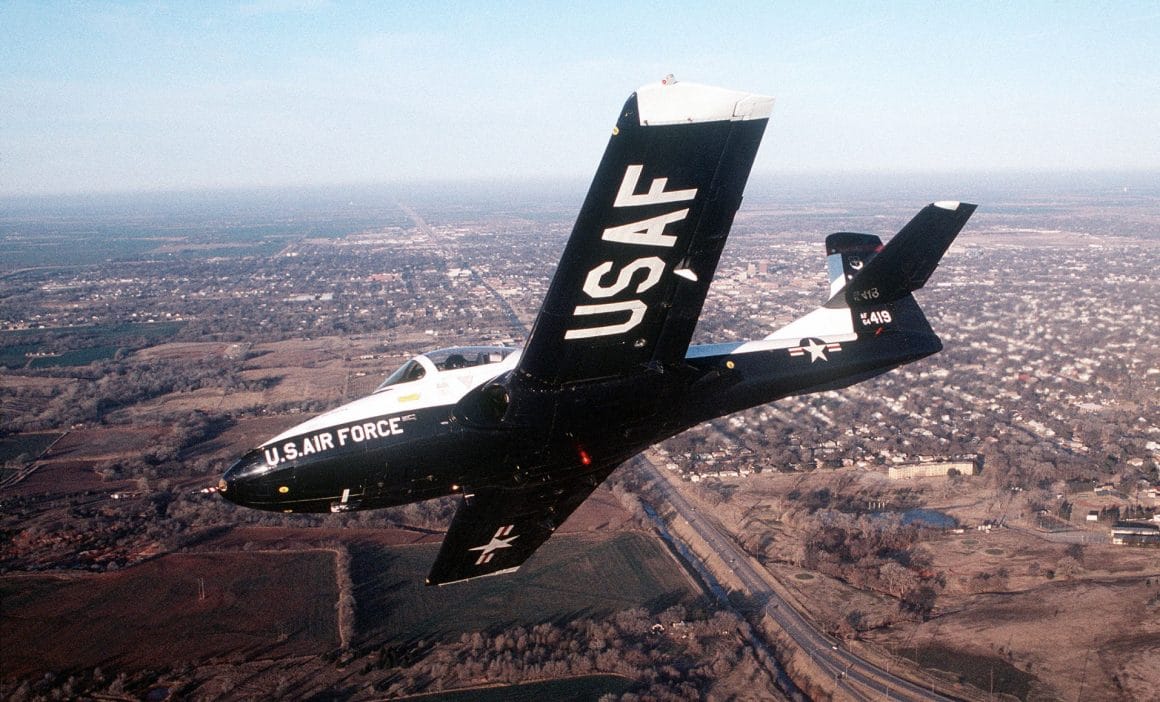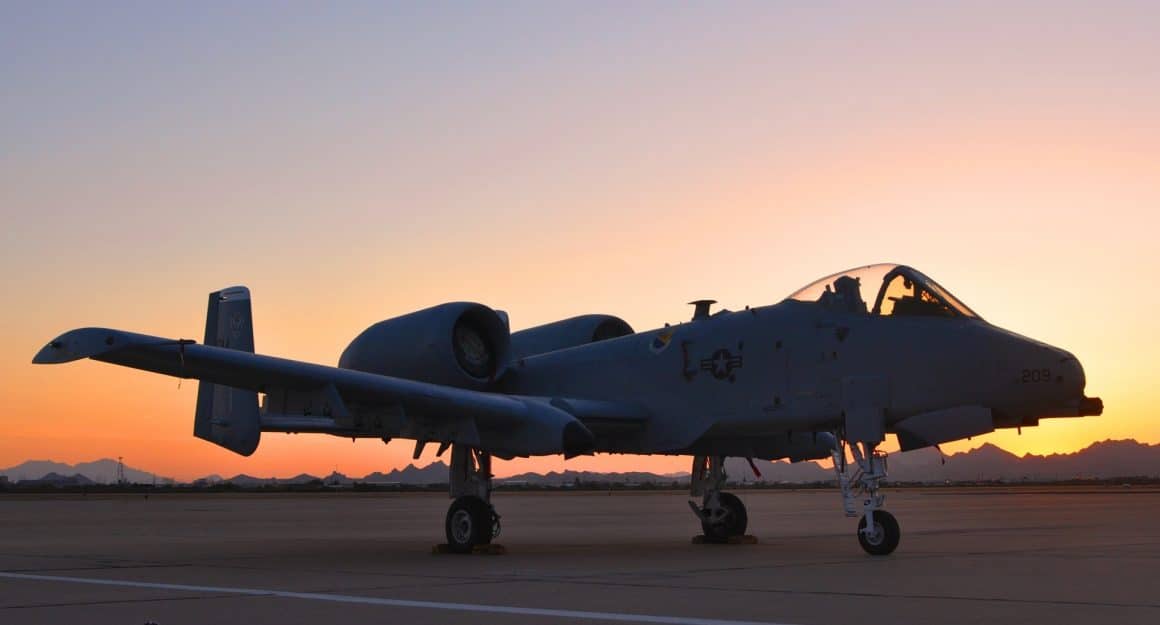USAF Captain Craig Button Broke Formation and Flew Off Alone- into Oblivion. But Why?
Craig David Button was born on 24 November 1964. Like a lot of want-to-be fighter pilots, he had lived his life as part of a military family growing up with a few moves, lots of change, and a wealth of worldly experience under his belt. Button graduated from high school in Long Island, New York and had started working toward earning his private pilot certification at the age of 17 before heading off to college. He was described as “polite”, “quiet”, and a “perfectionist”. His father was a retired US Air Force Lieutenant Colonel and his mother was a devout Jehovah’s Witness who was known to be strongly opposed to Craig’s decision to serve in the military.

Fighter Pilot In the Making
Button graduated from the New York Institute of Technology in Old Westbury, New York with a degree in aerospace engineering and was commissioned through the Air Force Reserve Officer Training Corps (AFROTC) in 1990. After college, he was immediately shipped off to Laughlin Air Force Base (AFB) in Texas to complete Air Force pilot training. Upon graduation Button earned an assignment as a First Assignment Instructor Pilot (FAIP) in the Cessna T-37 Tweet trainer. After four years as a T-37 FAIP, Button was reassigned to the 355th Fighter Wing at Davis-Monthan AFB in Tucson, Arizona to begin initial A-10 flight training and finally realize his dream of becoming a fighter pilot.

What It (Really) Takes to Become a Hog Pilot
It takes 40 training sorties over the span of five months to complete the initial A-10 training course which consists of several training phases. Transition, or TR as it’s traditionally called focuses on basic flying, systems knowledge, and instruments. Surface Attack, or the SA phase, introduces weapons employment and gives the student his or her first taste of shooting the mighty GAU-8 Avenger 30mm Gatling gun. Nights, well…is nights…and hones night flying skills – crosschecks, deconfliction, and night weapons employment.

Mixing It Up With the Fighter Jocks
ACBT, Air Combat Basic Training, introduces Basic Fighter Maneuvers (BFM) in the Hog and also provides an opportunity for the student pilot to fight dissimilar assets like F-16 Vipers or F-15 Eagles. The Air Strike Control phase was usually near the end of the syllabus and taught the A-10 student pilot basic Forward Air Control (FAC-A) tactics, techniques, and procedures. But, the longest and most difficult training phase intertwined with all of the other five phases as it encompassed teaching Close Air Support, the Warthog’s bread-and-butter mission.

What Hog Pilots Live For
This phase was called SAT, or Surface Attack Tactics. It was ten sorties long, started off with basic two-ship medium altitude tactics, and culminated with low altitude high threat four-ship tactics. There are two sorties during A-10 initial training every student froth at the mouth over. The first is SA-1, the surface attack mission to the range where a fangs-out Hog driver-in-training gets to pull the trigger for the first time and unleash the power of the mighty Avenger 30 millimeter rotary cannon.

